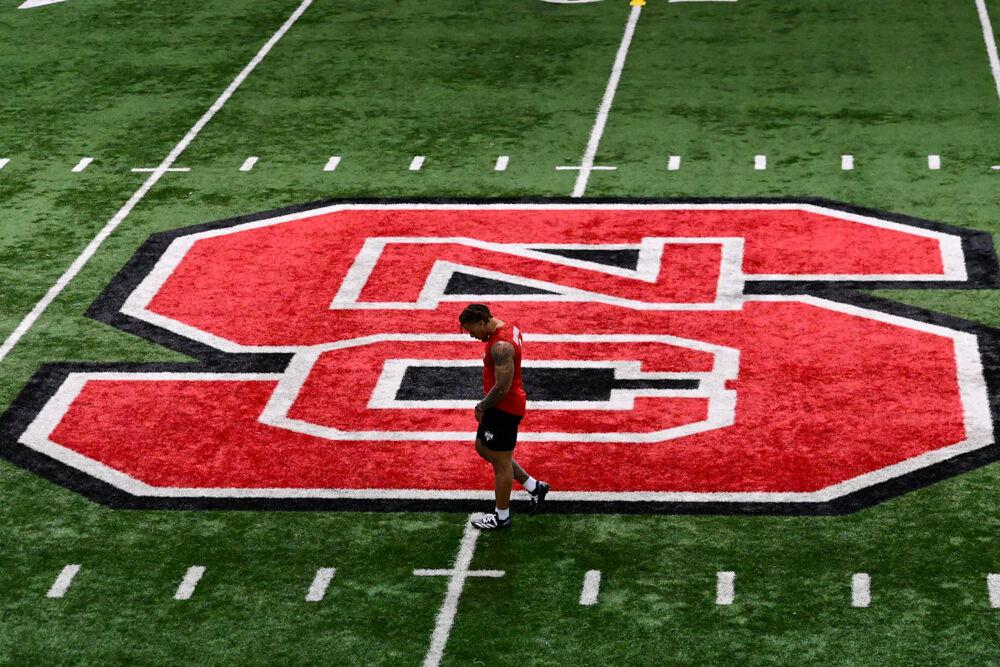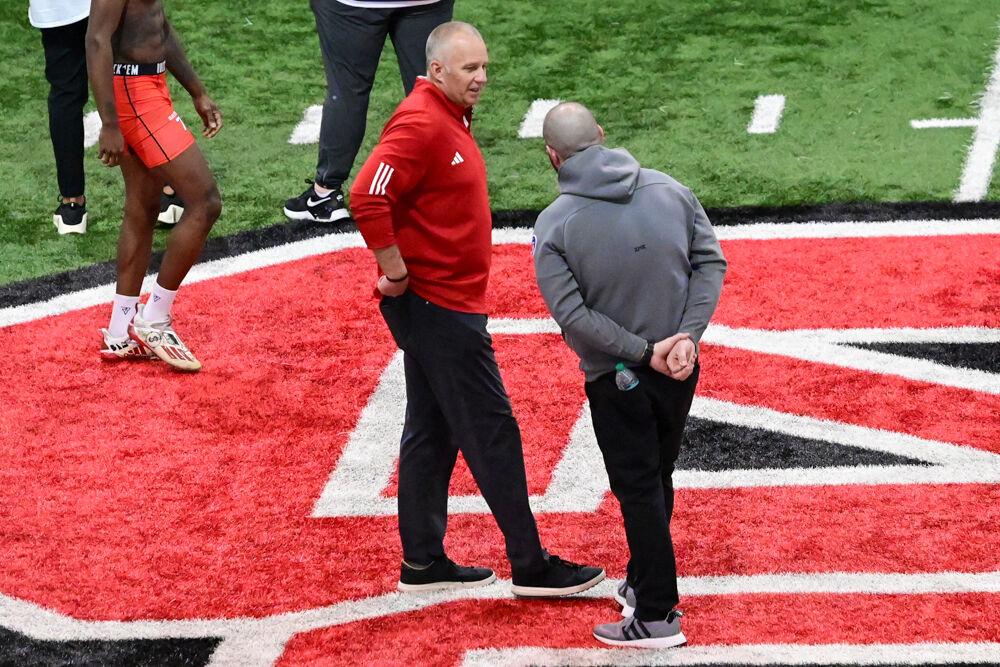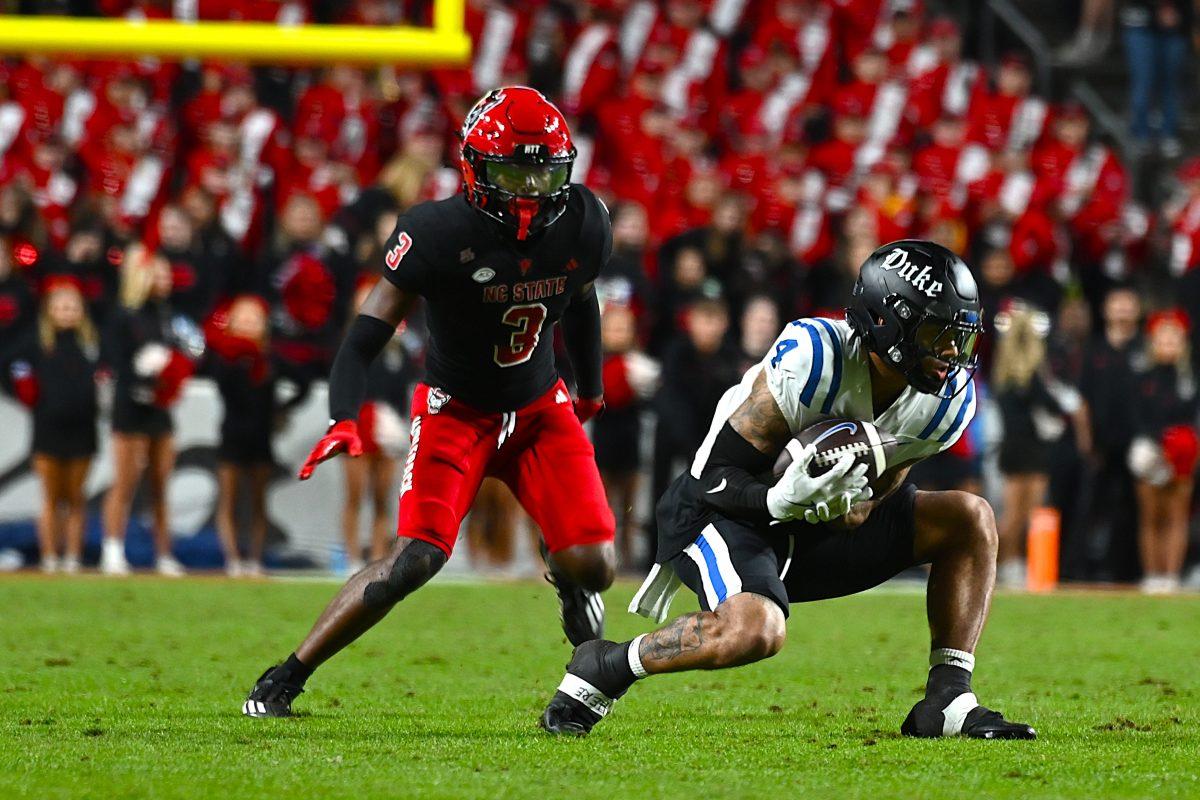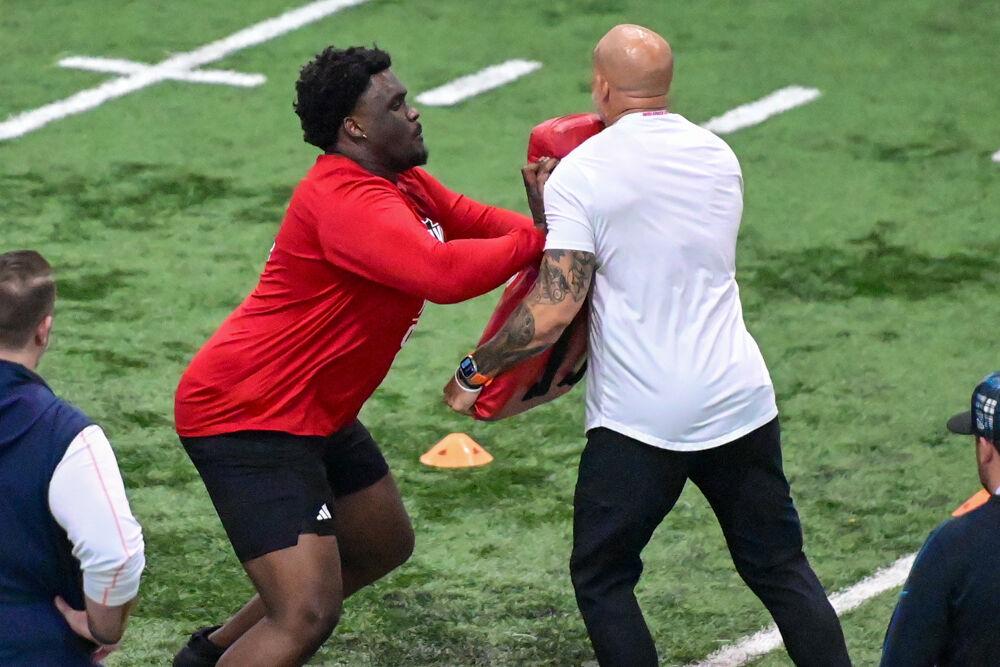NC State football has a secondary problem. Through seven games, the Wolfpack’s defense has allowed 2,030 yards, averaging 290 ypg. That figure ranks 122nd in the FBS. There are 129 FBS schools. Though the same defense is one of the best rush defenses in the country, recent weeks have proven that it’s not enough to shut down the run. A defense must be more balanced to compete for the ACC. Let’s take a look at how Syracuse took advantage of NC State in the passing game:
Taking advantage of the weak link
NC State runs a 4-2-5 defense: four linemen, two linebackers and five defensive backs. The 4-2-5 has become the standard defense in the ACC, and throughout college football, because of its versatility. Every team runs the defense differently depending on the personnel on the team. Looking specifically at the secondary, the two x-factors are the nickel corner and strong safety. Through the first eight weeks of the season, those positions have been filled primarily by freshman Tanner Ingle and redshirt-senior Dexter Wright. Ingle and Wright are strong run defenders but teams are starting to single them out in coverage.
Here’s a play Syracuse ran during the first quarter, on 2nd & 4 at Syracuse’s 18 yard line:
NC State is running a Cover 2 zone defense. The red boxes show the areas each player is to cover. The offense is running a play designed to attack Cover 2, specifically the safety labelled S2. Notice how the WR2’s route goes in between the boxes of S2 and LB2, the second linebacker. If the safety attempts to cover that route, he will leave his nickel corner in a one on one matchup with the WR3. That’s exactly what happened on Saturday, and Ingle didn’t have a chance. Cuse quarterback Eric Dungey completed an 82-yard touchdown pass on that play to put the Orange up 10-7. They wouldn’t trail again.
Next drive, on 2nd and 4, the Orange went after Wright:
NC State is running Cover 1 Man here, with one deep safety helping in the middle of the field while the rest of the secondary follows the man they line up against. WR2’s route straddles the sideline, meaning Wright must cover that alone. The deep safety will try to get over there but it’s not likely. Though Wright gave his man cushion, he still got blown past, allowing a 50-yard catch that put the Orange in scoring position. Following these drives, defensive coordinator Dave Huxtable adjusted by inserting redshirt junior Stephen Griffin at nickel and junior Tim Kidd-Glass at strong safety. Though neither was perfect, there was improvement in pass coverage with those two in.
Taking advantage of a lack of discipline
Syracuse likes to run wide receiver screen plays. In the shotgun, with two receivers on each side, the Orange will have the inside receiver on each side block the cornerback, getting the outside receiver a one-on-one matchup with a safety. After running that screen multiple times in the first half, Syracuse surprised the Wolfpack in the third quarter by introducing two new concepts to its screen game.
Syracuse’s play caller dialed up a beautiful concept. First, the quarterback runs a read option with the running back. He makes sure the defensive lineman closest to LB2, goes to tackle the running back before pulling the ball out. Then, the outside receiver on the side he runs to fakes a block to the cornerback and makes a run for the end zone. This play is designed to attack a defense that has gotten too aggressive and it worked like a charm.
On the snap, Ingram made no effort to engage the receiver that ostensibly was going to block him, and he didn’t play the other receiver either. His eyes were in the backfield; the plan worked so well, WR1 didn’t even have to fake their block. The safety Kidd-Glass rushed forward to take WR2, he too didn’t notice the would-be blocker slipping out. The result of the play was a 31-yard touchdown.
To illustrate the lack of discipline on that play, compare the coverage there to a screen pass run during the first quarter. Notice how Smith engages the blocker, and turns him to the side so Ingle has a clear lane to the receiver. Notice how Ingle comes in under control and brings the receiver down for only a four yard gain. Contrast that with how Ingram and Kidd-Glass play the fake screen.
That same concept was at work in the in the first quarter when Syracuse ran a running back pass.
This play should be covered rather easily; the Cover 2 Man defense dictates that both downfield routes have two players in position to break up the pass. However, both Ingle and Morehead got beat downfield because they stared into the backfield instead of taking care of their immediate concern: the receiver.
Taking advantage of a lack of confidence
At his media availability, NC State head coach Dave Doeren pointed to a lack of confidence as one of the issues the secondary is dealing with. “We’re in really good position on some plays,” Doeren said. “I think that’s something that happens with young players, instead of playing the ball, they get nervous and they grab an arm of a receiver.”
A look at the tape confirms Doeren’s assertion. Take a look at this play on second and goal, as Ingram is in one on one coverage with Syracuse’s top wideout at the top of the gif.
Ingram is in good position to stop the pass from being completed and possibly intercept it, but he grabs the receiver. Instead of turning to look for the football, the sophomore panicked. NC State is tied for 105th in interceptions, leading to a turnover margin of -2. That ranks 89th in the country.
Late, with the game on the line, at 3rd and 11 with the ball on NC State’s 22, the defense had to hold the Orange to a field goal. Down only three points with two minutes left in the game, freshman corner Teshaun Smith found himself in one-on-one coverage with a receiver. Smith covered the post route well, but as the ball sailed over the receiver’s head, Smith held him. Pass Interference gave the Orange a new set of downs, and Syracuse put the game away with a touchdown.
Moving forward
Doeren always talks about his defensive philosophy of stopping the rush first and foremost, and
it has worked in the past. Teams like Virginia and Boston College can be beat if you shut down their rushing attack. Still, teams that pass as well as Syracuse and Clemson absolutely abuse this defense. What can change? This secondary starts a true freshman and sophomore, with another freshman as a key reserve. They have potential, but they are going to make mistakes. Ingle may never be a shutdown nickel but surely the coaches can protect him better. Bend don’t break is a fine mentality to have, but when you give up 40-plus in back-to-back games, something’s busted.













